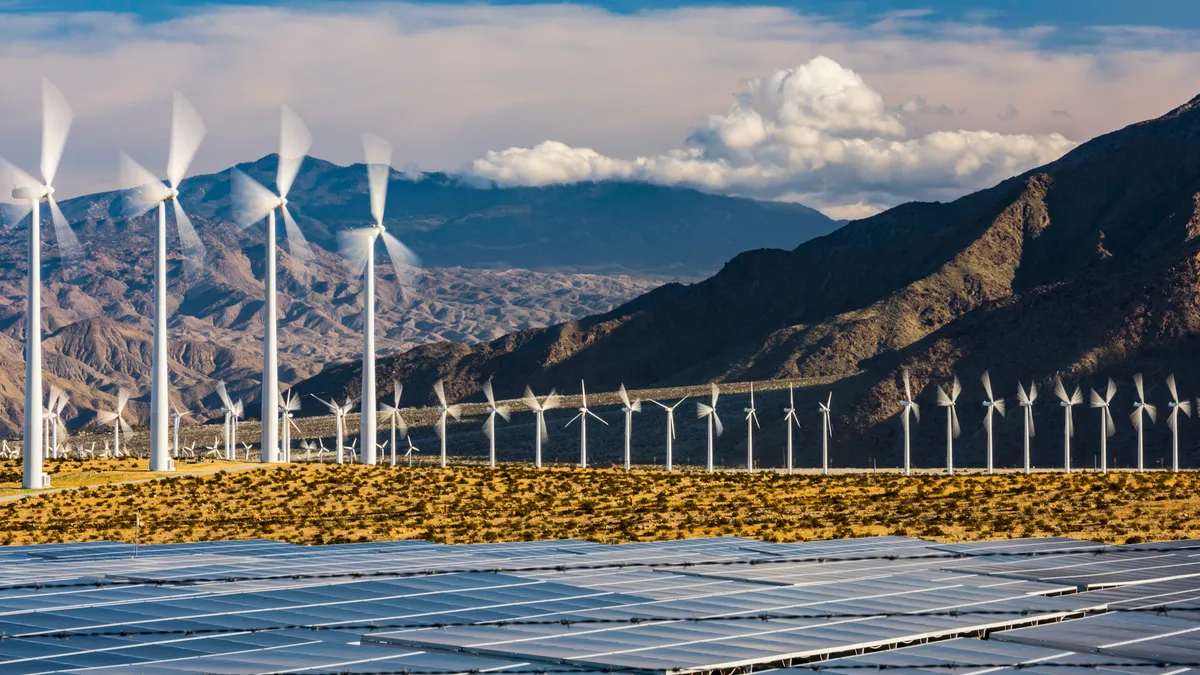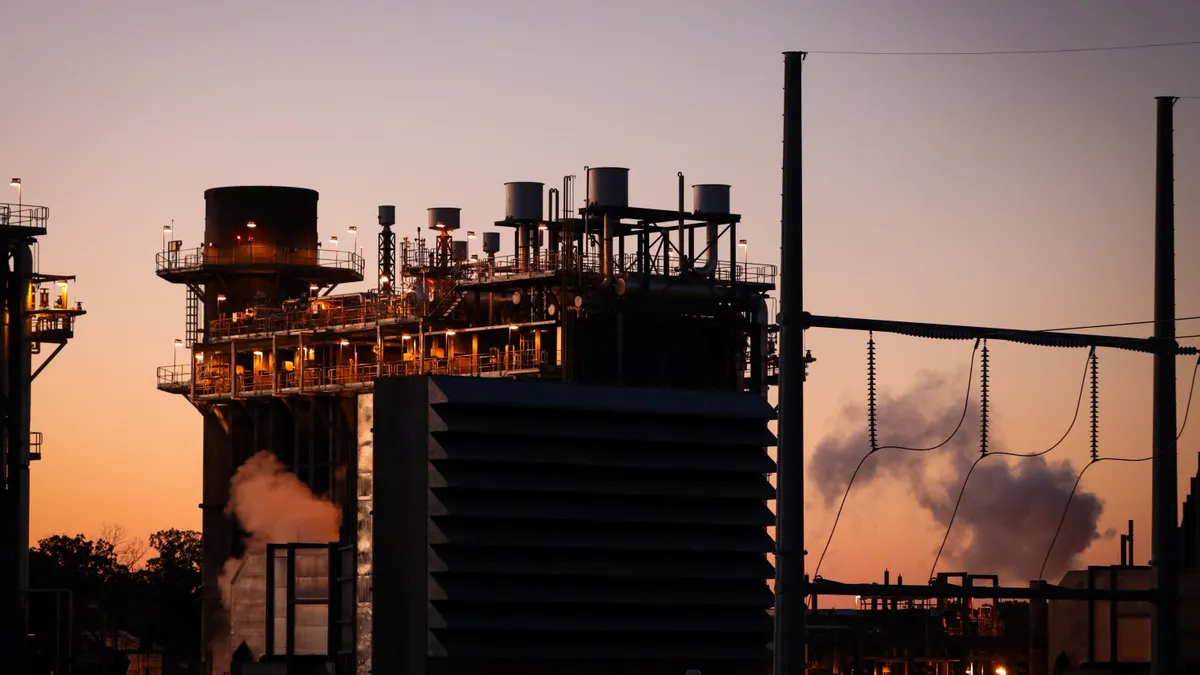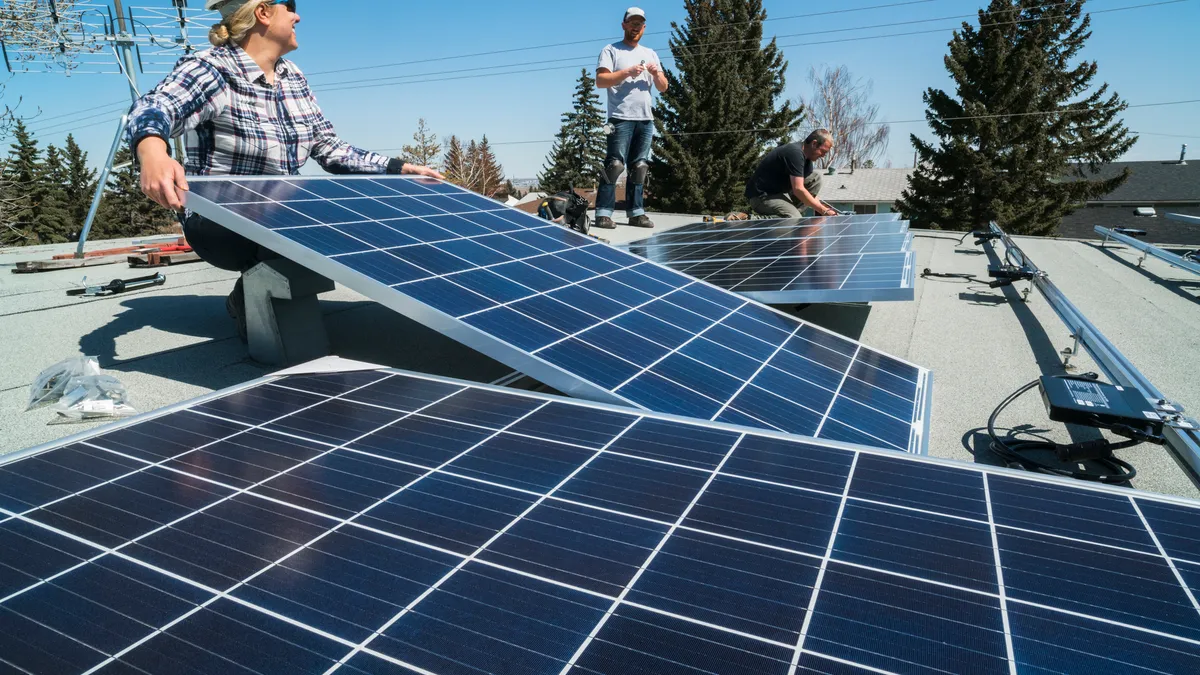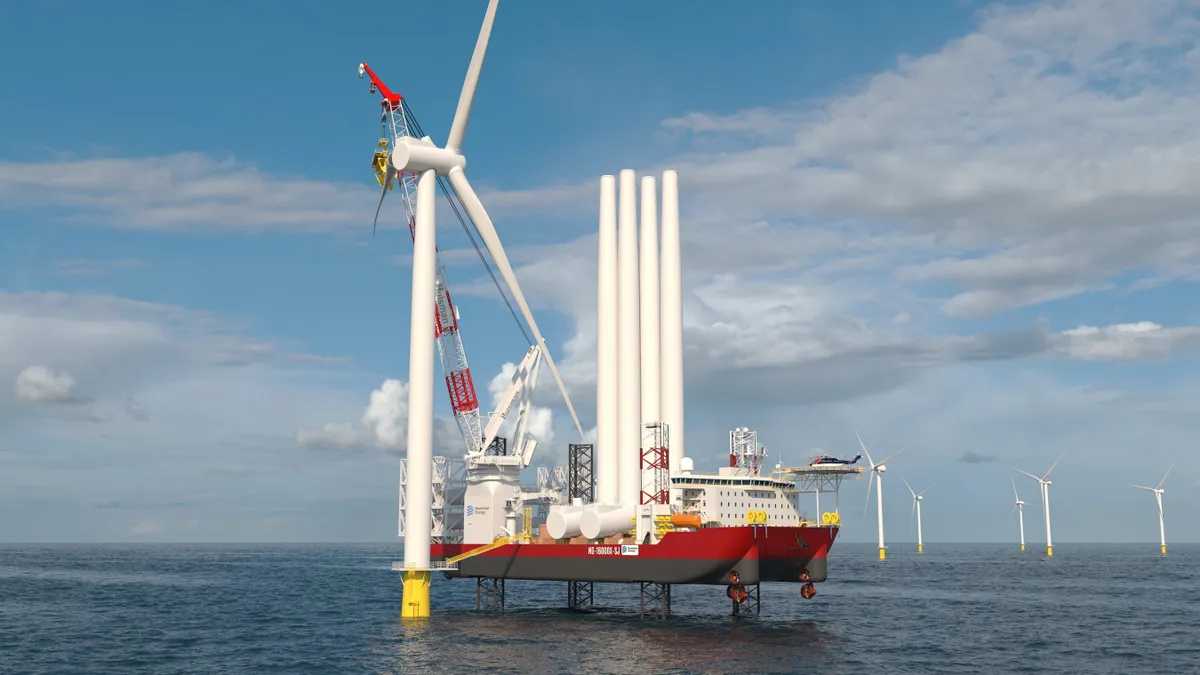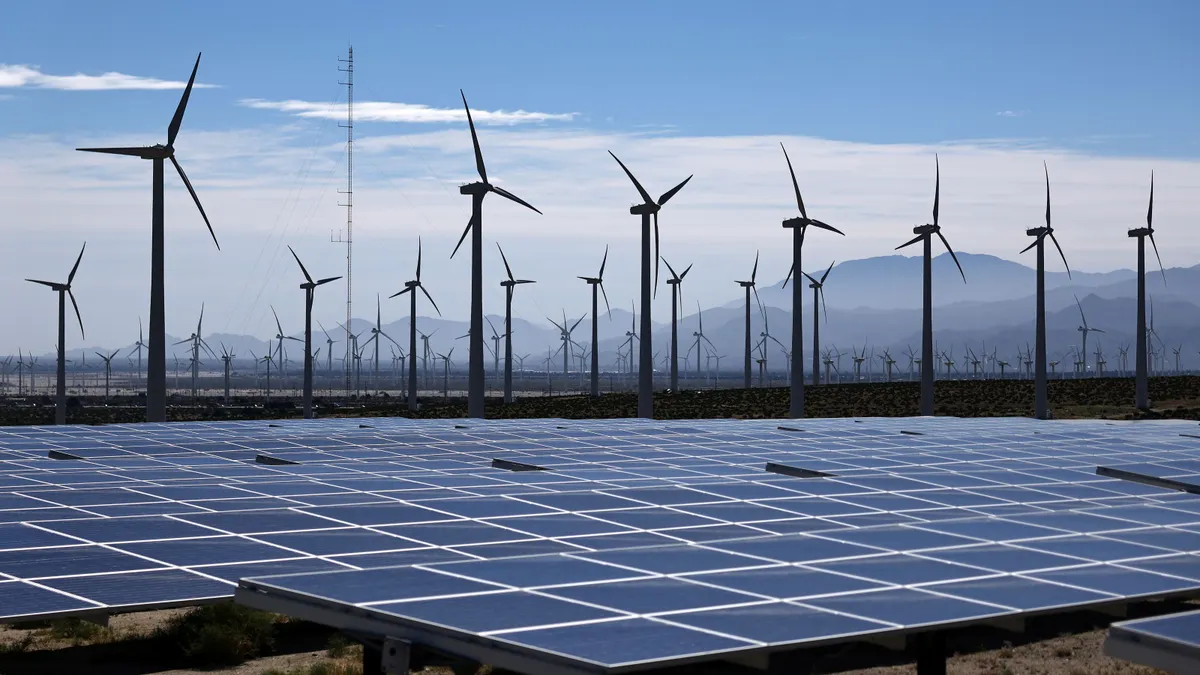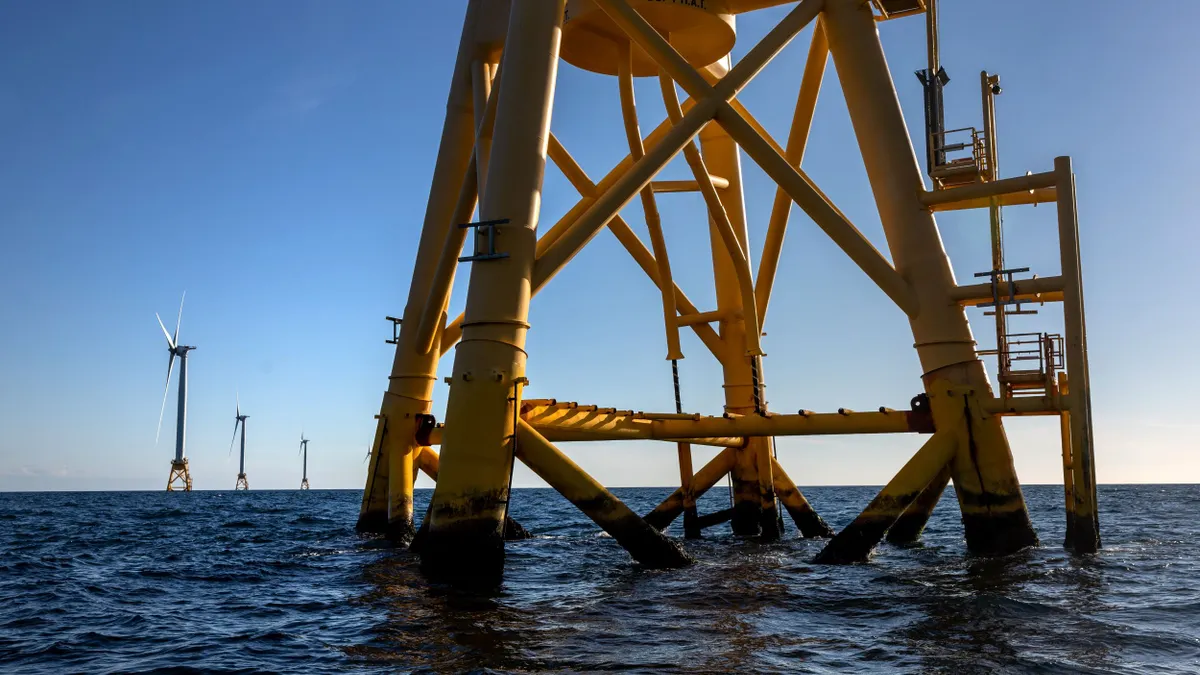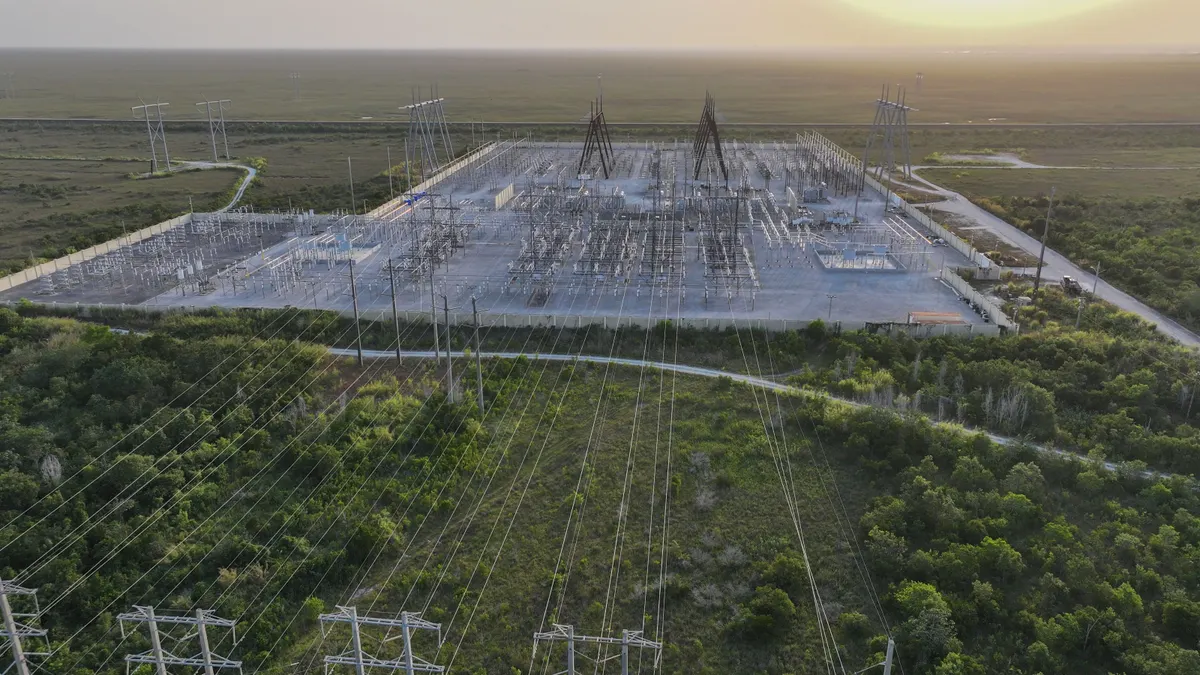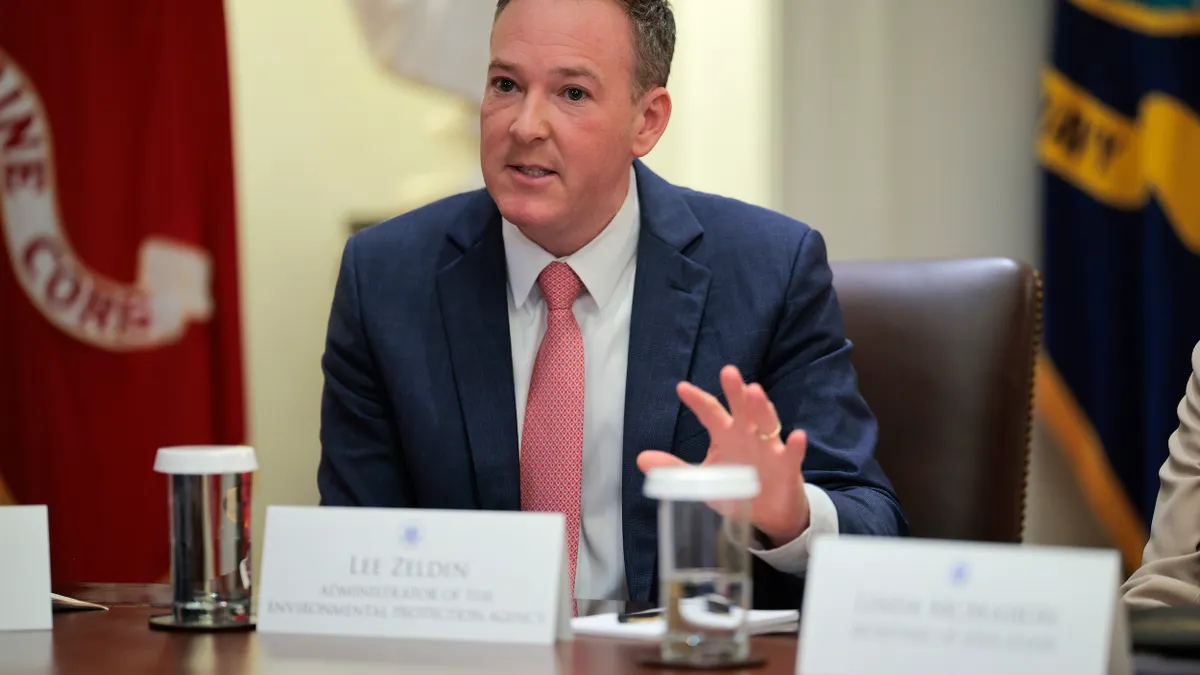Jason Kosek is a shareholder in Anderson Kill’s New York office and co-chair of the firm’s Energy and Renewables Industry Group. Peja Breuler is a candidate at St. John’s University School of Law and a summer associate at Anderson Kill.
Over the last decade, the United States has made significant strides in renewable energy development, driven by state mandates and federal incentives that have spurred innovation. From 2014 to 2023, the U.S. added more than 121 GW of utility and small-scale solar capacity — a 688% increase — and 83 GW of wind capacity — a 130% increase of 130%, according to a 2024 analysis by Climate Central.
Continued progress has been thrown in doubt, however, by the actions of the Trump administration and the 119th Congress that took office this January. Most notably, the so-called One Big Beautiful Bill Act, or OBBBA, which passed both houses of Congress on a strict party-line vote and was signed into law by President Donald Trump on July 4 could have a significant impact on further renewable energy development in the U.S. OBBBA Subtitle VII, Chapter 5 repeals or restricts most major clean energy tax credits enacted under the Inflation Reduction Act which was signed into law by President Joe Biden in August 2022.
Even before OBBBA’s passage, a Trump executive order pausing the development of offshore wind projects, coupled with various Trump administration actions pausing or withdrawing approval for alternative energy projects, had generated considerable political risk for developers of such projects. In this political climate, companies initiating or seeking to continue development of alternative energy sources need to look both to their contracts and their insurance portfolios for risk management, while keeping communication channels open at all levels of government. Political risk insurance, or PRI, and amended force majeure contract provisions are key elements in mitigating political risks.
U.S. political risk: repealed credits and paused projects
In terms of manufacturing, the OBBBA repeals Clean Electricity Production Credit (Section 70512) and Clean Electricity Investment Credit (Section 70513) for projects that begin construction more than 60 days after enactment or are placed in service after 2028. The bill also imposes a Foreign Entity of Concern (FEOC) on buyers of transferable tax credits. Several other green tax credits, subject to narrow exceptions, are terminated for tax years after 2025, including the Energy Efficient Home Improvement Credit (Section 70505), Clean Vehicle Credit (Section 70502) and New Energy Efficient Home Credit (Section 70508).
The Trump administration has also intervened to abruptly pause projects already approved, funded and in progress. Most notably, Empire Wind 1 is a major offshore wind project off the coast of New York. Construction began in early 2024 with the goal of generating 810 MW by late 2026, enough to power 500,000 homes. On April 16, the Bureau of Ocean Energy Management ordered Empire Offshore Wind to halt all ongoing activities related to the project — purportedly to ensure that previously authorized activities would be “carried out in a manner that provides for protection of the environment.” On May 19, the Trump administration reversed this unexpected stop-work order, averting a major setback for New York’s clean energy plans. The project is now back on track and expected to be fully operational by the end of 2026.
The temporary suspension led to substantial costs for project stakeholders, however, including expenses from barges stranded in ports and disrupted supply chains. These delays highlight the vulnerabilities of large-scale renewable energy projects to regulatory interruptions.
The administration’s regulatory action led to a more dire outcome for Atlantic Shores Offshore Wind, the developer of a 1.5-GW project offshore New Jersey. On June 4, Atlantic Shores filed a petition asking to terminate the project’s offshore renewable energy credits and be released from all obligations, asserting that the project was no longer viable under its 2021 Offshore Wind Renewable Energy Certificate. The withdrawal follows the EPA’s remanding of the project’s Clean Air Act certificate. The petition for withdrawal cites that remand, along with Trump’s executive order pausing offshore development “and other actions taken by the current administration more generally” that undercut the project’s viability in its current form.
PRI and renewable energy projects
Given the heightened risk of government intervention in alternative energy projects, companies engaged in such projects should consider purchasing political risk insurance. PRI is a specialized coverage that protects businesses from financial losses incurred because of political changes or government instability.
Using PRI is not unheard of in the scope of renewable energy projects as it helps derisk projects in politically or economically unstable countries. In April 2024, Marsh, an insurance broker and risk advisor, arranged a PRI package for a $36 million renewable energy project powering a lithium mine in Mali, which covered the plant and potential government interference.
Additionally, the World Bank Group’s new $150 million energy program for Sri Lanka includes $40 million in guarantees in its first phase to lower risks for private investors and energy producers. The International Finance Corporation and Multilateral Investment Guarantee Agency will provide complementary support for the program through direct investments and political risk insurance.
While generally thought of as a tool for companies operating in developing countries, PRI is available for projects in the developed world as well. Dan Riordan, head of political risk and credit, MSIG USA, estimates that about three quarters of demand for PRI is in the developing world, but asserts that “We’re seeing there’s strong interest in many of the developed markets, even in North America.” Along with coverage for actions such as nationalization or confiscation, PRI can cover “contract frustration due to political events,” as AIG puts it.
PRI coverage can be as short as 30 days but can extend for several years when covering a major infrastructure development. PRI may respond to occurrences including abrupt repeal of renewable energy incentives (though that horse has largely left the U.S. barn), or regulatory action impeding long-term renewable energy. PRI could mitigate losses from the accelerated expiration of various tax PRI and may help developers with remobilization efforts should the political climate shift.
Negotiations for regulatory relief
As the Empire Offshore Wind saga illustrates, few governments, including the current administration in the U.S., are impervious to the interests of major investors of capital or stakeholders such as state governments. Even Atlantic Shores, while petitioning for release from its obligations, asserted that the project is seeking a “reset period” — and that may happen. Major alternative energy projects are afoot in U.S. states governed by both parties. Negotiation with relevant federal agencies in the wake of regulatory roadblocks may sometimes bear fruit.
Force majeure language
To strengthen contractual resilience, companies should consider revising their force majeure clauses, particularly in jurisdictions like New York, where such clauses are narrowly interpreted. The New York Court of Appeals in Kel Kim Corp. v. Central Markets held that a force majeure defense is only valid if the clause explicitly includes the specific event preventing performance. This narrow interpretation underscores the need for precise and comprehensive clause drafting.
To address uncertainties in today’s volatile environment, companies should amend force majeure clauses to explicitly include “political risks” as a qualifying event. Examples of political risks include changes in government policy, regulatory shifts, trade restrictions, or other governmental actions that materially impact contract performance. By incorporating such language, companies can enhance their flexibility to suspend or terminate obligations when unforeseen political events render performance impractical or financially unviable.
For projects like Atlantic Shores Offshore Wind, a force majeure clause that explicitly lists political risks could provide a stronger basis for the developer to seek relief from performance obligations. For instance, if new regulations or policy shifts significantly increase costs or delay project timelines, a well-drafted clause could support a claim that performance is no longer commercially feasible, provided the clause clearly identifies such risks as excusable events.
Political winds shift, but uncertainty in major infrastructure projects is eternal and the tools of risk management are durable. Appropriate insurance, persistent communication and negotiation with all relevant government authorities, and vigilance as to contract amendments responsive to changing political conditions can help energy developers navigate the current political climate.


